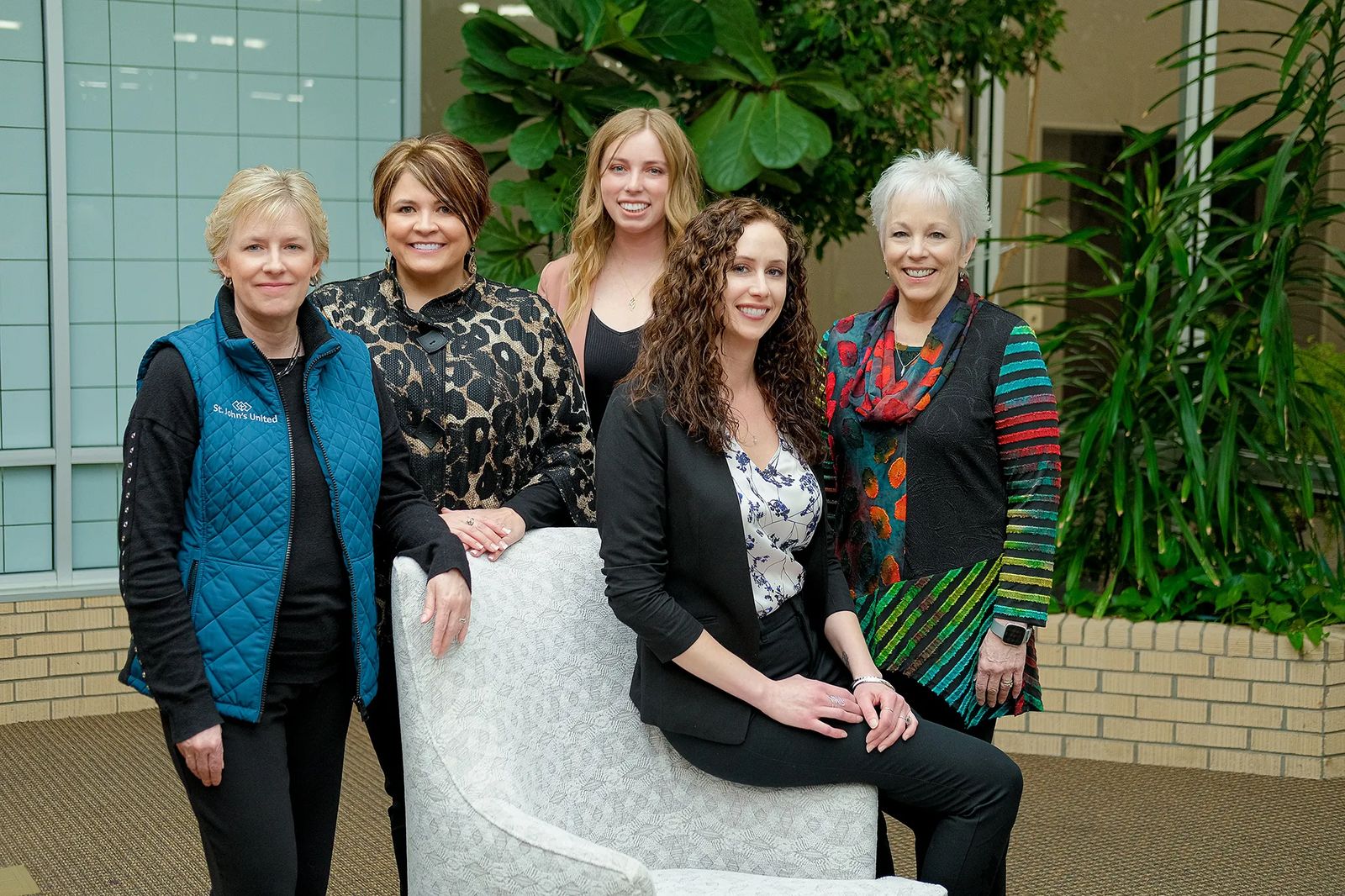
Heart & Soul
The women leaders who helped St. John's United through a challenging year
Brooke Rivera vividly remembers one of the worst moments of the pandemic year at St. John’s United.
It was last spring, and there had been an outbreak of Covid-19 infections on one unit of the retirement community’s West End campus. As the virus spread, among the few people in the unit still uninfected was an elderly woman whose high spirits were a ray of sunshine amid the general gloom. But eventually she contracted the virus too, and soon she was gone.
“That event was very hard on staff because we were all rooting for her,” Rivera says. “She did so well despite a lot of people on her unit having Covid. When she succumbed to that, it was really, really hard on staff. It was a reality check — that this is deadly, that this is a disease that not everybody makes it through.”
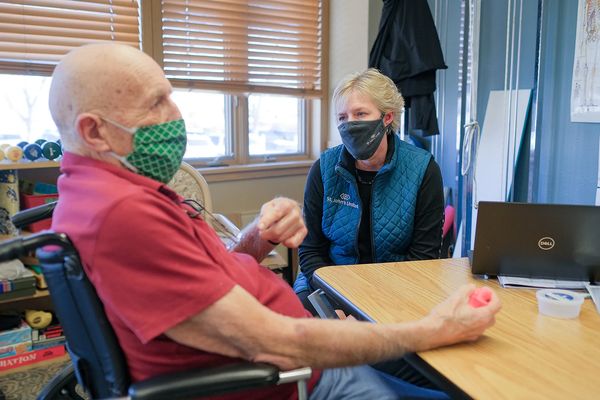.jpg?fit=outside&w=1600)
Rivera is the administrator of Home Health and Hospice for St. John’s, a nonprofit whose West End campus is the largest single-site continuing-care retirement community in Montana. And though the toll at St. John’s was relatively low —11 Covid-related deaths as of mid-January, when the number of residents totaled about 550 — the pandemic immediately upended virtually every aspect of the operation. It powerfully affected the lives of residents, as well as the lives of some 700 employees and hundreds more volunteers.
All of those employees had to adapt quickly, on the fly, learning new tasks and dealing with complex health and safety protocols, all while navigating a sprawling campus suddenly full of checkpoints, barricades and kiosks where temperature checks were administered.
A colleague of Rivera’s, St. John’s Administrator Karna Rhodes, had her own memories of low points during the pandemic, but she says there were unlooked-for blessings, too, some that were downright “transformative.”
“It sounds really weird,” Rhodes says, “but I just sometimes don’t think we realize what we can make it through, what we can accomplish in crisis, if we work together.”
That was a theme repeated over and over by Rivera, Rhodes and three other women — Libby Markus, Carissa Welsh and Sarah Schroefel — who are members of the leadership team at St. John’s United. They come from a wide variety of backgrounds and experience, ranging from Markus, who has been in health services for 42 years, to Schroefel, who is not quite two years out of college. What they share is a kind of awed respect for what they and their co-workers were able to accomplish in the past year."
“They really are the heart that pumps what goes on through St. John’s,” Tom Schlotterback, vice president of Mission Advancement, says of the five women. "In each case, not only do they perform their duties so well, but they have soul in what they do. This is their deep, vocational calling.”
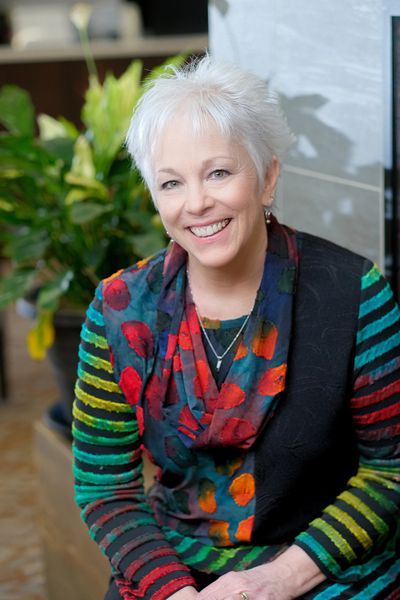.jpg?fit=outside&w=1600)
“Never in my wildest dreams did I think in my nursing career I’d be dealing with something like this,” Libby Markus says of the pandemic. Markus is the vice president of Health Services, basically the director of nursing for St. John’s, which also operates four smaller congregate-living communities in Billings Heights, Laurel, Red Lodge and Hamilton. While she’s been her current role since 2007, in the years before she spent time in the nursing home and visiting nurse realm.
At St. John’s, with 300 registered nurses and certified nursing assistants, scheduling is a challenge in the best of times. It has been beyond challenging during the past year, what with employees having to go into quarantine after being exposed to the Covid virus, and with the need to shuffle employees between units. A further complication was that health-care workers who were employed elsewhere but used to fill in at St. John’s on their days off could no longer enter the campus for fear of bringing in the virus.
“When we were in the thick of it all, it just took a lot of emotional energy,” Markus says. During the worst phase, which hit fairly recently, in November and December, “it felt as though everybody was hopeless. … It was very hard, but we kind of came through that, and we say our prayers every single day.”
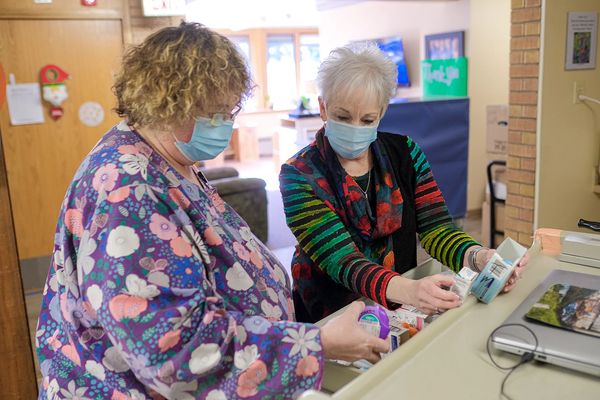.jpg?fit=outside&w=1600)
Although no staff members succumbed to Covid-19, St. John’s CEO David Trost says about 120 workers contracted the virus over the past year. And the rules stated that if one employee or one resident tested positive, it had to be called an outbreak, and the affected unit had to be shut down. That meant all residents were confined to their rooms, with all meals delivered.
During those times, staff had to wear full PPE, or personal protective equipment — gowns, gloves, goggles and masks. There was a time in November when St. John’s thought it would run out of PPE, but there was an outpouring of community support, with volunteers producing homemade masks and 650 washable gowns. Even with all that support, however, the ordeal was continually wearing on both residents and staff.
“We did a lot of praying around here, I’m sure, and we’re lucky enough to have a pastoral care team that not only cares for our elders, but our staff as needed,” Markus says.
Trost gives a lot of credit to Markus herself.
“Libby is one of those individuals that you’d want to take to war with you,” he says. “They will come early, they will stay late, they will take a bullet for you. She’s proven that through Covid. She has dug deep and taken the pain.”
.jpg?fit=outside&w=1600)
Administrator Karna Rhodes also has strong memories of those times when residents were confined to their rooms. It reached the point where they were calling any period when a unit was not having an outbreak the “freedom phase.” During one such time, Rhodes says, “I just remember running through the dining room of Chapel Court yelling, ‘It’s freedom phase!’”
During another period when residents were allowed into the dining room — though with masks and social distancing — some of the Nutrition Services employees made an archway of balloons to welcome them back.
Rhodes first worked for St. John’s as an intern in 1998, when she was a student at Concordia College in Moorhead, Minnesota. After running a nursing home in Broadus for three years, she returned to St. John’s in 2002. Since then, she has become an integral part of life there.
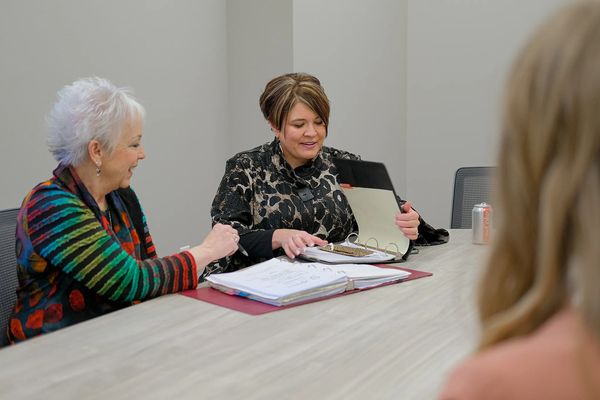.jpg?fit=outside&w=1600)
“One of the gifts she has, and which I wish I had, is that she knows every single resident of this place,” Trost says. “She knows their names, she knows where they live. Whenever I have a question about a patient and their family in the community, I ask her.”
Those relationships made the past year especially difficult, Rhodes says, because she had so much work to do that she sometimes felt disconnected from the residents, though she did volunteer on some weekends. She lauded her colleagues who, “in true St. John’s fashion,” put in countless hours of volunteer work when the regular corps of community volunteers were not allowed on campus.
“I’m just going to tell you that Schylie Wood, our scheduler, is a gift from God,” Rhodes says. “She juggles that schedule all the time, but during this it was really challenging.”
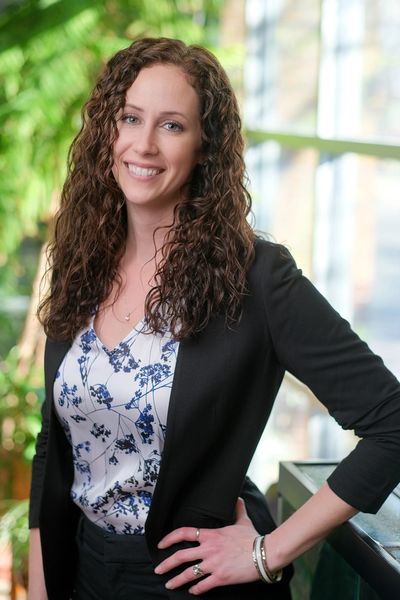.jpg?fit=outside&w=1600)
Before the pandemic, Carissa Welsh spent two and a half years building a volunteer network from the ground up. As director of Volunteer Services for St. John’s, she coordinated the activities of some 350 volunteers, who provided transportation, helped keep up the grounds and attended end-of-life vigils, among many other services.
“So when Covid hit,” she says, “it stopped all of that almost immediately.”
“Honestly, she should have been furloughed,” Trost says, because the department she was hired to lead basically ceased to exist. “But she pivoted and started to coordinate all our repositioned employees, our employees who left one department and went into another.”
In time, Welsh also started writing grant applications for St. John’s, something she’d had a little training in during college but had never done since. Trost says she excelled in that role, too. A four-year veteran of the Air Force, Welsh had also spent four years in Italy working for the American Red Cross European Division, first as a volunteer coordinator-recruiter and then as regional leader for volunteer efforts in Italy and Spain.
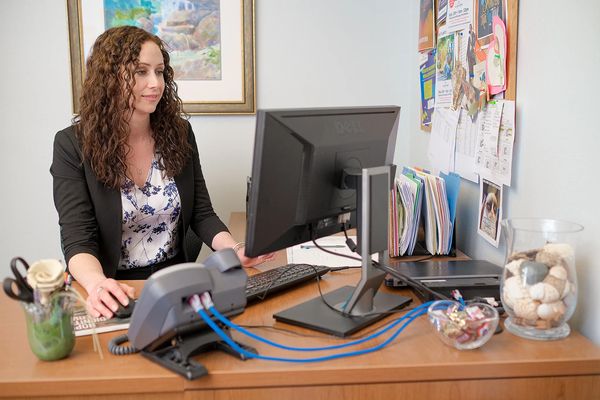.jpg?fit=outside&w=1600)
At St. John’s, once outside volunteers were unable to come on campus, Welsh redeployed staff members to take meals to residents, to visit with them in their residences and to take them for walks. She also coordinated the activities of employees who came in on their own time to play music for residents, write letters for them or just visit.
Welsh used to provide community volunteers to be with people who were nearing the end of their lives and had no one else. After the pandemic hit, Welsh says, “We weren’t able to have our community volunteers come, so our staff volunteers picked up all of that. Our staff were working double time — their own jobs and volunteering on their off time.”
Welsh says she’s not sure exactly what she’ll be doing for St. John’s once the pandemic is truly over.
“If I’ve learned anything in the last 10 months,” she says, “it’s to keep open and flexible to whatever the needs are.”
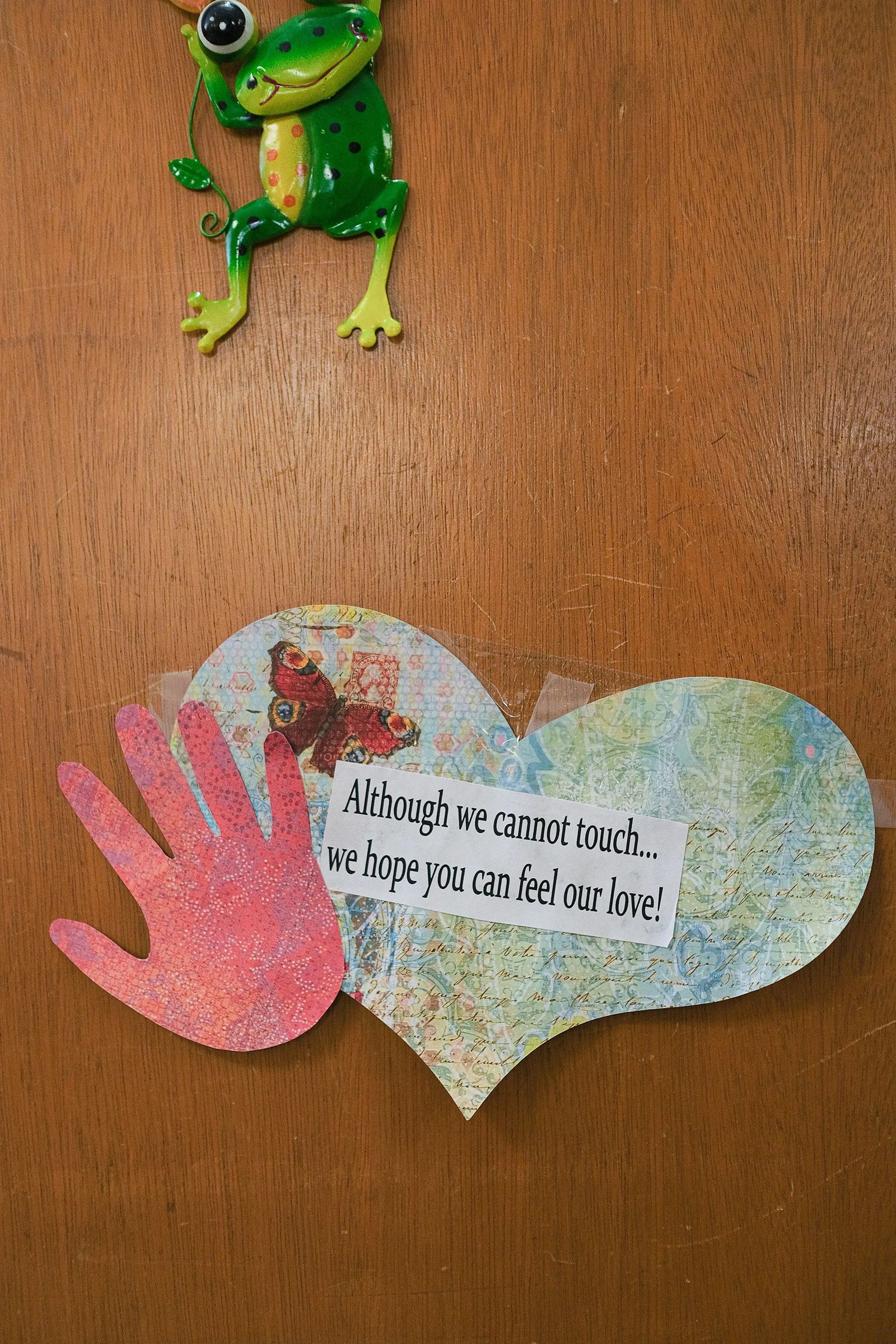
Brooke Rivera has been with St. John’s for 13 years, and eight years ago she was chosen to be the administrator of its Home Health and Hospice, an operation that partners with Billings Clinic and Big Sky Senior Services. St. John’s is the managing partner, responsible for employing all staff, who go to people’s homes to help them recover from surgery or hospitalization, or to assist them in managing medications.
As you might expect, requests for home visits plunged at the start of the pandemic. “People did not want people coming into their homes,” Rivera says.
It helped that St. John’s was ahead of the game in some respects. It started testing for Covid-19 almost immediately and was soon testing all its staff on a weekly basis. Rivera applied for and received a $75,000 grant from the state, with $50,000 dedicated to testing and $25,000 for buying more PPE.
More recently, St. John’s set up its own laboratory in the building where Rivera now works — the old Gainan’s building in downtown Billings. “So instead of waiting for a week for results to come back from the state, I have a contract through our laboratory downstairs and I get my results within 24 to 48 hours,” Rivera says.
Another key role that St. John’s has been filling has been that of information provider — trying to give residents and employees up-to-date, accurate information in an age of rampant misinformation. St. John’s also began allowing employees to have unlimited visits with counselors, up from the traditional three visits a year.
“We’ve really emphasized the ability of people to go to employee assistance programs,” Rivera says, “just to talk to a counselor about how wearing this is.”
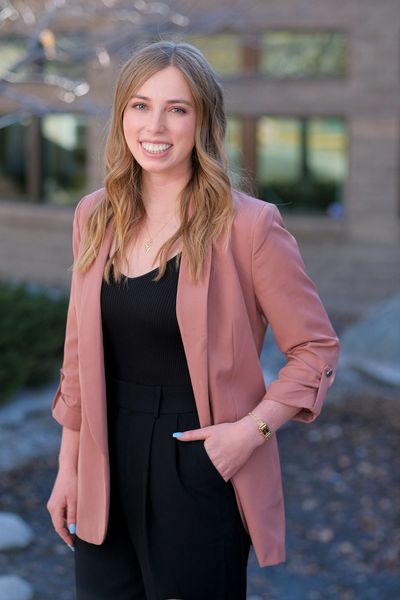.jpg?fit=outside&w=1600)
Sarah Schroefel, who interned at St. John’s during her senior year at Montana State University Billings, went to work there full-time two days after graduation in 2019. She was hired to head its new At-Home Project, basically providing most on-campus services for seniors who choose to remain in their own homes. Every client has a service coordinator who does shopping and yard work and coordinates the client’s participation in on-campus and other events, as well as providing transportation. The project also began offering a free grocery pickup service.
“If you ever need anything at Albertsons,” Schroefel says, “I’m a pro grocery shopper.”
The relatively new program had 10 households before the pandemic arrived, and now has 19. As soon as Covid outbreaks began being reported at nursing homes in Washington state, St. John’s started getting calls from families unwilling to put their loved ones in nursing homes, which made At-Home a welcome alternative.
As the youngest member of the St. John’s leadership team, perhaps it was inevitable that Schroefel would also be pressed into service as the resident social media expert. She’s been helping residents, families and staff navigate social media to send and receive health updates and access online pastoral care, and she started a Facebook group called Staying in Touch with St. John’s United.
“She just brings joy to everyone she comes in contact with,” Trost says. “I can’t think of any client or co-worker that would not enjoy just being in her presence.”
Sometimes, Schroefel says, there’s a little bit of heartbreak mixed in with the joy. In late July or early August, when “Covid fatigue” was really settling in, she and her staff organized a small group of clients to drive separately to ZooMontana and spend a few hours on site.
“It was just the most wonderful day,” Schroefel says, “but the sad part was, a lot of our members said that was the highlight of their year. … That was the most that they did for months.”
Similarly, she and her service coordinators knew that for many of their clients, they were their only human contacts for many months. With that in mind, Schroefel made a comment that was echoed, in one way or another, by all of her colleagues.
“So, if we weren’t here, who would go ask them how their day was, and how their family is and bring them groceries?” she says. “It’s been a tough year for everyone.”











